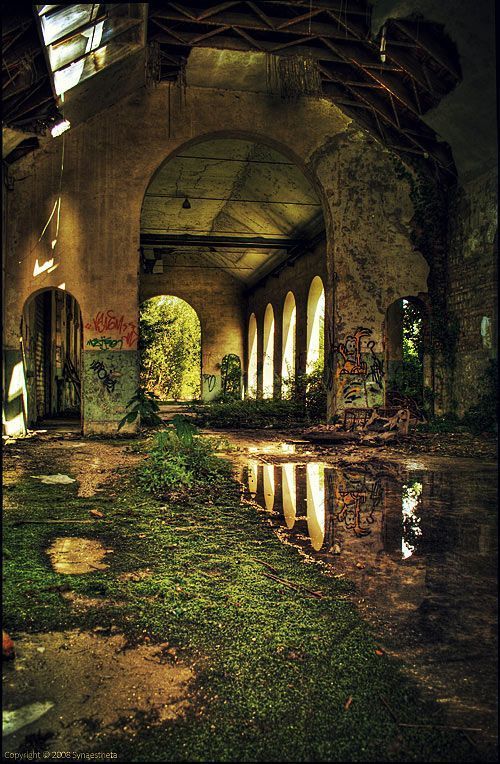nature reclaiming man-made structures is known as urban decay. It is a fascinating phenomenon that showcases the power of nature to overcome human creations. In this article, we will explore the process of urban decay and how abandoned buildings are taken over by the forces of nature.
What is Urban Decay?
Urban decay is the process by which buildings and infrastructure in cities and towns are abandoned and left to deteriorate. This can happen for a variety of reasons, including economic decline, population shifts, or natural disasters. As buildings are left vacant and neglected, they become vulnerable to the elements and slowly begin to decay.
The Process of Urban Decay
The process of urban decay typically begins with the abandonment of a building. As the building is no longer maintained or inhabited, it starts to deteriorate. Without regular upkeep, roofs may begin to leak, windows may break, and walls may crumble. Over time, nature begins to reclaim the structure, with plants growing through cracks in the walls and animals making their homes inside.
Nature’s Role in Urban Decay
Nature plays a significant role in the process of urban decay. Plants, trees, and other vegetation can break through concrete and asphalt, causing structural damage to buildings. In addition, animals such as birds, rodents, and insects can take up residence in abandoned structures, further accelerating their decay. As nature takes over, buildings become overgrown with vegetation and eventually blend into the surrounding landscape.
The Beauty of Urban Decay
While urban decay may seem bleak, there is a certain beauty in the process. Abandoned buildings and structures take on a haunting, mysterious quality as they are slowly reclaimed by nature. Photographers and artists often find inspiration in these decaying landscapes, capturing the juxtaposition of man-made structures and natural elements.
Impacts of Urban Decay
Urban decay can have significant impacts on communities. Abandoned buildings can become eyesores, attracting crime and vandalism. They can also pose safety hazards, with deteriorating structures at risk of collapsing. In addition, urban decay can contribute to a sense of neglect and decline in a neighborhood, affecting property values and quality of life for residents.
Preserving and Reusing Abandoned Buildings
While urban decay is a natural process, efforts can be made to preserve and repurpose abandoned buildings. Adaptive reuse projects can breathe new life into old structures, transforming them into housing, offices, or cultural spaces. This not only prevents further decay but also contributes to the revitalization of neighborhoods and communities.
Conclusion
Urban decay is a fascinating process that highlights the resilience of nature and the impermanence of human creations. As abandoned buildings are slowly reclaimed by the forces of nature, they take on a new beauty and significance. While urban decay can have negative impacts on communities, efforts to preserve and repurpose abandoned structures can help mitigate these effects and contribute to the revitalization of neighborhoods.
You can review our digital products by following us on Etsy.





